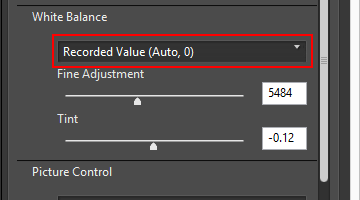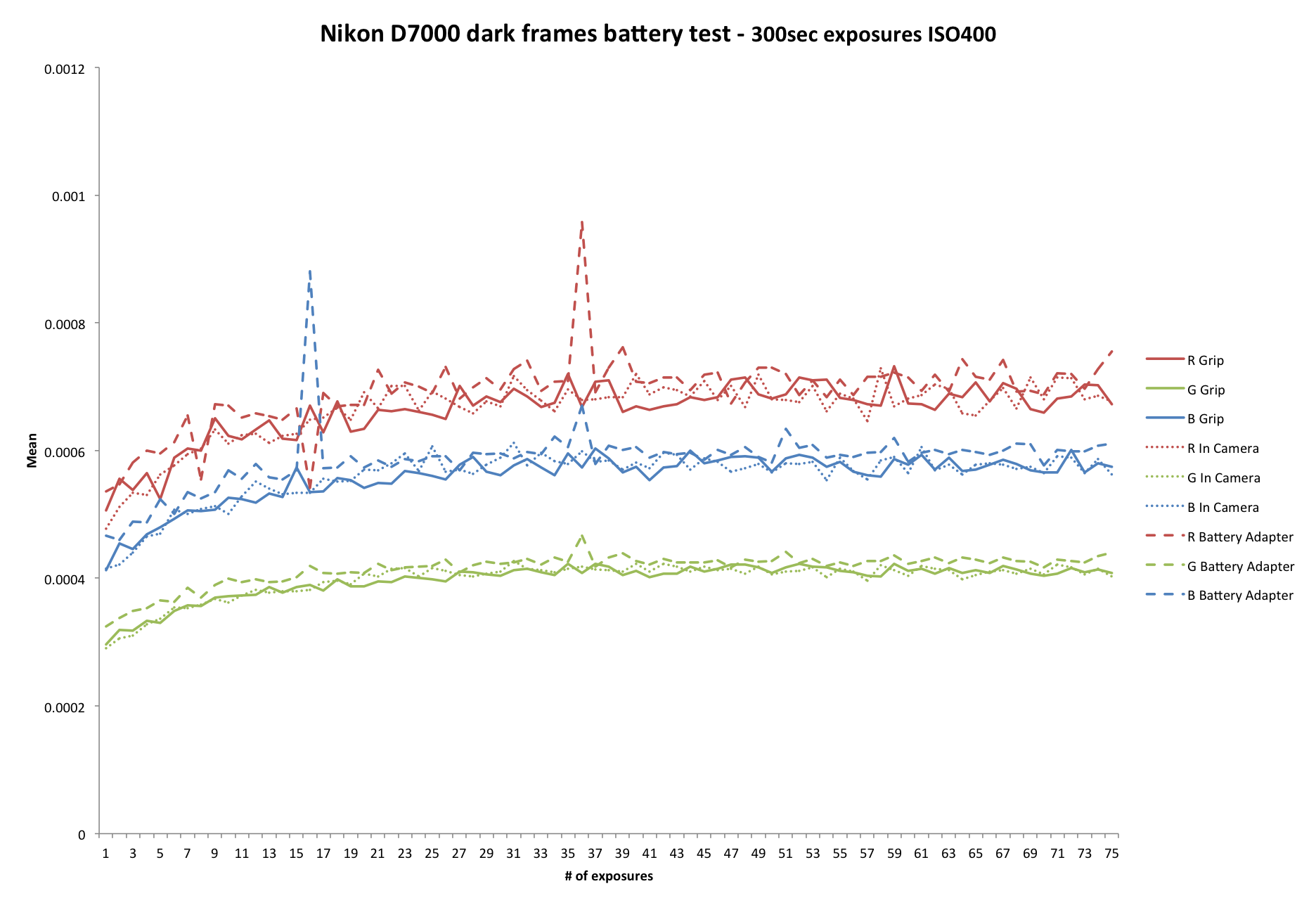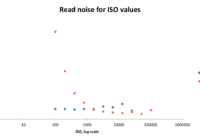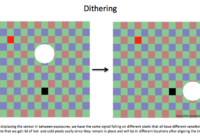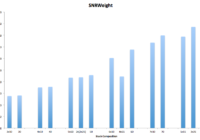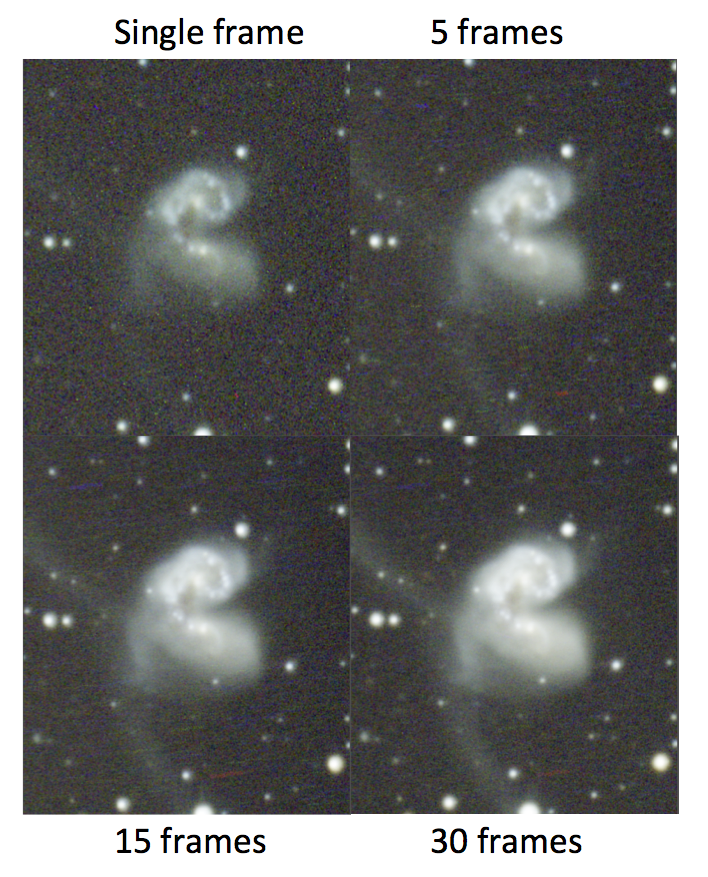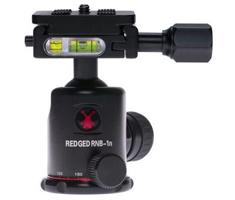What is the best White Balance setting for astrophotography? This question gets asked surprisingly often. I call this surprising because the answer should always be: it doesn’t matter! This may seem counter intuitive as we all experience the influence of WB on the color of the image. Furthermore we see people mentioning the WB they used for pictures in the details of many astrophotos so surely it must matter? No. It really doesn’t as long…
Read MoreAuthor: chrisvdberge
Does a battery in camera add to the thermal noise?
It might be reasonable to assume the battery in the camera body will lead to additional thermal noise in our images. I decided to run the test to check it out to be sure!
Read MoreISO 800 vs ISO 400 for astrophotography
A detailed look into the comparison between using ISO800 and ISO400 with your DSLR for Astrophotography
Read MoreWhat is the best ISO for your DSLR for astrophotography?
ISO has nothing to do with the sensor’s sensitivity to light.
ISO in digital cameras explained and an explanation of the best ISO to use for your DSLR
A detailed overview of noise in Astrophotography
To battle noise we need to understand it. An overview and explanation of the different types of noise we have to deal with.
Read MoreDithering for optimal results with DSLR astrophotography
With astrophotography we are in a constant battle with unwanted signal, trying to capture the faintest signals from space and get it to stand out above the noise. I’ve discussed the benefits of stacking a lot of frames previously, as this will greatly help to improve our SNR and dynamic range. Now it’s time to look at dithering and how that will benefit your images. What is dithering? When talking about dithering in astrophotography, we…
Read MoreStacking subsets vs stacking all subs at once
The question if stacking all subs at once will give you the same result as stacking subs into subsets and stack those subsets together is one that pops up quite often. You might have a lot of frames to stack and you’re computer has trouble handling it, or you might have data from several nights and want to combine them; are you better of stacking all individual subs together or can you just stack each…
Read MoreA detailed look into PixelRejection
When photographing the night sky we get all kinds of artefacts in our images; planes flying through our field of view, leaving a trial of 3 stripes because of their lights, satellite passing through our field of view and of course also hot pixels. I know some people throw away subs that contain plane trails or even satellite trails, but please stop doing that! You can get rid of those really easy by using pixel…
Read MoreThe benefits of adding more subs to your stack
Adding multiple exposures to create a single image is one of the key elements of doing astrophotography. It enables us to get rid of bad pixels, satellite trails, noise while increasing signal to increase the overall signal-to-noise ratio. It truly is one of the most important aspects of astrophotography. But stacking remains a bit of a mystery to most people and they will keep having questions like ‘How many frames should I stack?’, ‘Am I…
Read MoreRedged RNB-1n ball head review
For my astro-holiday to Namibia I wanted to have an extra ball head. Preferably something small and light for traveling and keeping the weight down on the mount. However, it needed to be capable of handing the Nikkor 80-200mm F2.8 which weighs around 1.8kg. So, the ball head should be capable of carrying 4kg easily without any slippage. That is of course vital when using this ball head for 5 or even 10 minute exposures….
Read More